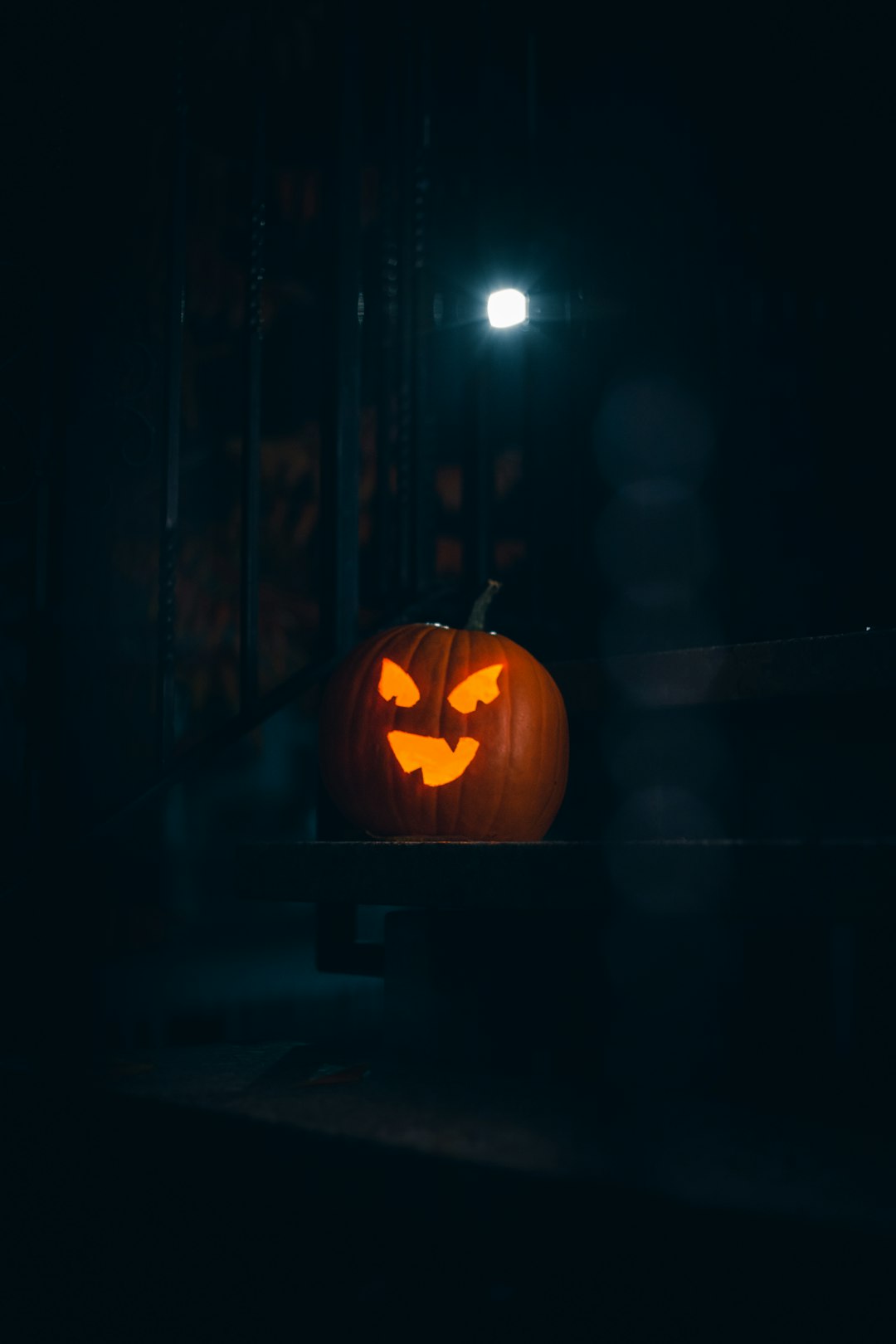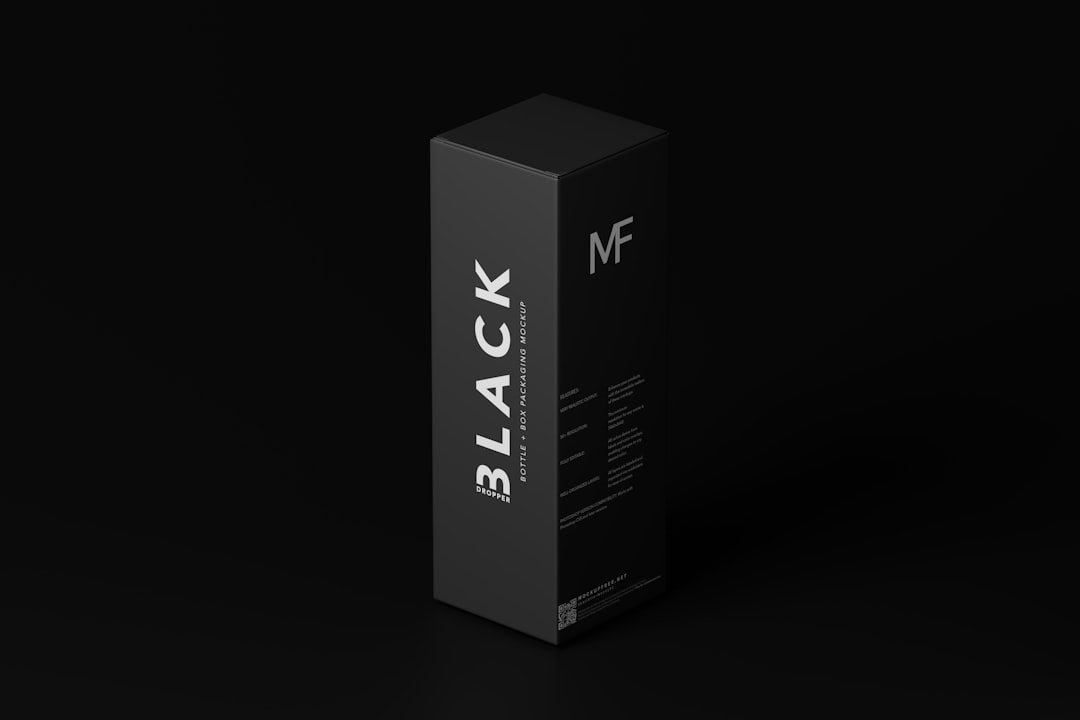In an era where branding and digital presence play a central role in consumer decision-making, companies are increasingly embracing seasonal adaptations of their brand assets. One of the most visible and effective strategies in this context is the use of seasonal logo variants. By customizing their logos for particular events such as Halloween, Black Friday, and the end-of-year holiday season, brands can heighten engagement, reflect cultural relevance, and drive sales.
TL;DR
Seasonal logo variants are customized versions of a primary brand logo tailored to specific occasions like Halloween, Black Friday, or the holidays. These adaptations can enhance brand connection by signaling timeliness, festivity, and creativity to consumers. Businesses that thoughtfully design these logos can distinguish themselves in crowded markets and increase their visibility during peak commercial periods. However, striking a balance between branding consistency and seasonal creativity is crucial for success.
The Strategic Value of Seasonal Logo Variants
Companies rely on logos to reflect brand identity and communicate values. However, maintaining a static logo throughout the year can render a brand tone-deaf to cultural events and consumer sentiment. Seasonal logo variants allow brands to stay fresh, relevant, and agile in their communications, especially during high-engagement periods like:
- Halloween — when a playful twist can enhance consumer appeal.
- Black Friday — when heightened competition calls for visual attention-grabbers.
- Winter Holidays — when warmth, celebration, and generosity are themes brands want to align with.
Beyond aesthetics, seasonal logos can evoke emotion and trigger buying behavior. A well-designed holiday logo communicates responsiveness to culture, demonstrates human touch, and fosters deeper customer loyalty.
Halloween: Stirring Engagement with Playful Imagery
Halloween provides ample creative freedom for brands to showcase their quirky or spooky sides. Logo variants often feature elements like pumpkins, bats, ghost shapes, and cobwebs while maintaining the core identity of the company. The challenge lies in preserving logo recognizability while incorporating seasonal flair.
Consider using Halloween-inspired colors, such as orange, black, and dark purple. Fonts can be slightly distorted or augmented with cobweb or bone motifs, as long as legibility is preserved. These changes spark consumer curiosity and build excitement around Halloween-themed promotions or events.

For example, a coffee chain might transform the steam rising from a cup into a ghost’s trail or make the cup itself resemble a jack-o’-lantern. While this seems trivial, it helps customers stop scrolling and engage, especially when seen on social media or digital banners.
Black Friday: Bold, Eye-Catching, and Urgent
Black Friday, being one of the most commercially competitive days, demands eye-catching logo design. A typical approach involves using a monochromatic palette — traditionally black — infused with either red or white to signify urgency and discounts. Seasonal logo variants for this occasion often have a minimalistic yet high-impact design strategy.
Visual urgency is key. Brands may incorporate visual icons such as:
- Price tags or shopping carts within the logo
- Typography mimicking barcode lines
- Flash-sale icons such as lightning bolts or timers
These visual tweaks act as triggers — activating consumer reflexes related to deals and limited-time offers. Retail and e-commerce companies often use the Black Friday variant across all digital marketing channels: social media avatars, promotional emails, app icons, and online ads.

Consistency is vital. While adjusting the logo, brands must ensure colors and shapes align with their established styles to avoid confusing customers or eroding trust.
The Holiday Season: Reinforcing Warmth and Tradition
The end-of-year holiday season spanning Christmas, Hanukkah, and New Year’s is a prime opportunity for brands to connect emotionally. Logos are often adorned with festive elements such as snowflakes, ornaments, ribbons, and stars. Unlike Halloween, which invites playfulness, or Black Friday, which emphasizes urgency, this period is more about comfort, tradition, and generosity.
Brands that successfully evoke these complex emotions often use seasonal logo variants with soft gradients, warm colors like gold or deep red, and subtly integrated holiday symbols. Animation is also increasingly popular — think of a logo with falling snow in a digital ad or holiday lights twinkling around the company name.
Tips for effective holiday logo design:
- Don’t overcomplicate: Keep holiday elements secondary to the main logo identity.
- Match tone and message: A high-end luxury brand will typically take a more subtle snowflake approach, while a family-focused brand might use candy canes or Santa hats.
- Roll out across all media: Ensure the variant is updated consistently for web, apps, ads, packaging, and even receipts.

Brands like Google and Coca-Cola have historically succeeded with effective holiday logo styling by maintaining branding consistency while immersing themselves in the spirit of the season.
Maintaining Brand Consistency
While seasonal logo variants deliver engagement benefits, they do come with a unique set of risks — chiefly, deviating too far from brand recognition. It is critical to maintain visual consistency with original brand assets, especially in terms of shape, spacing, and tone. Changes should always be evolutionary, not revolutionary.
To maintain brand trust while embracing seasonal changes:
- Use templates: Design seasonal variants from a standardized base to ensure alignment.
- Limit changes to color and decoration: Avoid altering the core typeface or logo silhouette unless it’s intentional and symbolic.
- Announce the change: Use a campaign or hashtag to tell your audience about the change, adding context and intention.
Technical Considerations and Accessibility
Seasonal logo variants must retain functionality across multiple platforms — print, web, mobile, and apps. This poses technical design constraints. All variants must remain readable at small sizes and recognizable even in monochrome versions. Accessibility should also be top of mind: ensure that holiday colors meet contrast standards and that sensory or cultural elements are inclusive across geographies.
Deploying a seasonal logo should not slow down your site or app, so file sizes, SVG optimizations, and responsive design principles are key.
Analytics and Performance Evaluation
To justify the efforts and costs of seasonal branding, companies should measure the performance of seasonal logos as they would any other marketing initiative. Metrics may include:
- Increased website dwell time during seasonal campaigns
- Higher social media engagement through likes, shares, or comments
- Growth in sales or website conversions tied to seasonal events
A/B testing default logos versus seasonal alternatives is another effective way to understand their impact. Qualitative data, like customer feedback or press mentions, also provides insights into brand perception improvements driven by creative logo updates.
Conclusion: Aligning Brand Identity with Cultural Moments
Seasonal logo variants aren’t just a decorative tactic — they reflect strategic brand thinking. By intelligently aligning design elements with cultural milestones like Halloween, Black Friday, and the holiday season, companies can drive interest, engagement, and revenue while demonstrating cultural agility and creativity. The ideal seasonal logo variant balances innovation with consistency, emotion with identity, and design with performance.
In a crowded digital environment where every detail shapes consumer perception, seasonal logo customization stands out as a high-impact opportunity to connect, resonate, and inspire — all while boosting the bottom line.



